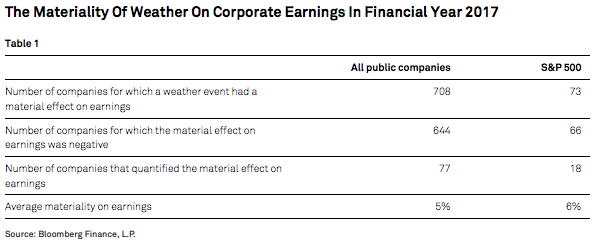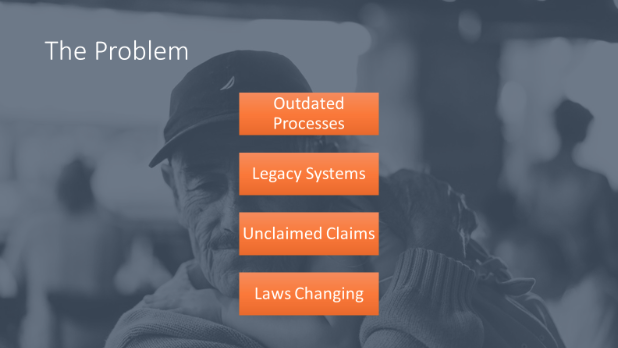The traditional product development cycle in property and casualty insurance moves at a snail’s pace. Drafts, approvals, revisions, verifications of key details and other steps place months between the moment a product is envisioned and the day it becomes available to customers.
As technology speeds the pace of daily life and business, the traditional product development cycle continues to represent a drag on P&C insurers’ efficiency and bottom line. Here, we discuss some of the biggest pain points in the product development cycle and ways to boost speed without sacrificing quality.
Cycle Slowdown No. 1: Outdated Processes
During the last few decades of the 20th century and into the 21st, speeding up the product development cycle wasn’t on most P&C insurers’ to-do lists,
Debbie Marquette wrote in a 2008 issue of the Journal of Insurance Operations. Using the fax and physical mail options of the time kept pace with the as-needed approach to product development.
Marquette noted that in previous decades, product development not only involved a team, but it often involved in-person meetings. “It was difficult to get all the appropriate parties together for a complete review of the product before the filing,” Marquette wrote, “and, therefore, input from a vital party was sometimes missed, resulting in costly mistakes, re-filing fees and delays in getting important products to market before the competition.”
In the 1990s, the National Association of Insurance Commissioners (NAIC) realized that the rise of computing required a change in the way new insurance products were filed and tracked. The result was the
System for Electronic Rate and Form Filing (SERFF).
SERFF’s use rose steadily after its introduction in 1998, and use of the system doubled from 2003 to 2004 alone, according to a 2004 report by the
Insurance Journal. By 2009, however, SERFF’s lack of full automation caused some commentators, including
Eli Lehrer, to question whether the system needed an update, an overhaul or a total replacement.
Property and casualty insurers adapted to SERFF and the rise of other tech tools such as personal computing, word processors and spreadsheets. Yet adaptation has been slow. Today, many P&C insurers are still stuck in the document-and-spreadsheet phase of product development, requiring members of a product development team to review drafts manually and relying on human attention to detail to spot minor but essential changes.
The result? A product development process that looks remarkably similar to the process of the 1980s. The drafts and research have migrated from paper to screens, but teams must still meet physically or digitally, compare drafts by hand and make decisions — and the need to ensure no crucial detail is missed slows the product development process to a crawl.
See also: P&C Core Systems: Beyond the First Wave
Cycle Solution No. 1: Better Systems
The technology exists to reduce the time spent in the development process. To date, however, many P&C insurers have been slow to adopt it.
Electronic product management systems streamline the process of product development. The “new-old” way of using email, spreadsheets and PDFs maintains the same walls and oversight difficulties as the “old-old” way of face to face meetings and snail mail.
In a system designed for product development, however, information is kept in a single location, automated algorithms can be used to scan for minute differences and to track changes and tracking and alerts keep everyone on schedule.
By eliminating barriers, these systems reduce the time required to create a P&C insurance product. They also help reduce errors and save mental bandwidth for team members, allowing them to focus on the salient details of the product rather than on keeping track of their own schedules and paperwork.
Cycle Slowdown No. 2: Differentiation and Specificity
Once upon a time, P&C insurers’ products competed primarily on price. As a result, there was little need to differentiate products from other products sold by the same insurer or from similar insurance products sold by competitors. During product development, insurers allowed differentiation to take a backseat to other issues.
“Prior to the mid-1990s,”
Cognizant in a recent white paper notes, “insurance distributors held most of the knowledge regarding insurance products, pricing and processes — requiring customers to have the assistance of an intermediary.”
Today, however, customers know more than ever. They’re also more capable than ever of comparing P&C insurance products based on multiple factors, not only on price. That means insurance companies are now focusing on differentiation during product development — which adds time to the process required to bring an insurance product to market.
Cycle Solution No. 2: Automation
Automation tools can be employed during the product development cycle to provide better insight, track behavior to identify unfilled niches for products and lay the foundation for a strong product launch.
As
Frank Memmo Jr. and Ryan Knopp note in ThinkAdvisor, omnichannel software solutions provide a number of customer-facing benefits. A system that gathers, stores and tracks customer data — and that communicates with a product management system — provides profound insights to its insurance company, as well. When automation is used to gather and analyze data, it can significantly shorten the time required to develop insurance products that respond to customers’ ever-changing needs.
“An enterprise-wide solution enables workflow-driven processes that ensure all participants in the process review and sign off where required,”
Brian Abajah writes at Turnkey Africa. “Subsequently, there is reduction in product development costs and bottlenecks to result in improved speed-to-market and quality products as well as the ability to develop and modify products concurrently leading to increased revenue.”
The Future of Development: Takeaways for P&C Insurers
Insurtech has taken the lead in coordinating property and casualty insurers with the pace of modern digital life. It’s not surprising, for example, that
Capgemini’s Top Ten Trends in Property & Casualty Insurance 2018 are all tech-related, from the use of analytics and advanced algorithms to track customer behavior to the ways that drones and automated vehicles change the way insurers think about and assess risk.
It’s also not surprising, then, that companies using technology from 1998 find themselves stuck in a 20th-century pace of product development — and, increasingly, with 20th-century products.
See also: How Not to Transform P&C Core Systems
As a
McKinsey white paper notes, the digital revolution in insurance not only has the potential to change the way in which insurance products are developed, but also to change the products themselves. Digital insurance coverages are on the rise, and demand is expected to increase as the first generation of digital natives begins to reach adulthood.
Alan Walker at Capgemini recently predicted that in the near future property and casualty insurance product development will become modular. “Modular design enables myriad new products to be developed quickly and easily,” Walker says.
It also allows insurers to respond more nimbly to customers’ demands for personalized coverage. And while the boardroom and paperwork approach to development is ill-equipped to handle modular products, many product development and management systems can adapt easily to such an approach.
“Insurance products embody each insurance company’s understanding of the future,”
Donald Light, a director at Celent, wrote in 2006. “As an insurance company’s view of possible gains, losses, risks and opportunities change, its products must change.”
Twelve years later, Light’s words remain true. Not only must insurance company products change, but so must the processes by which companies envision, develop and edit those products.
Just as the fax machine and email changed insurance in previous decades, the rise of analytics and big data stand to revolutionize — and to speed up — the product development process.





 Exploring the initial steps of any development includes the question: “Stay in or go out?” which translates to, do we build in-house or can we use off-the-shelf applications? Advantages of using applications already developed are self-evident: They save time and resources spent on recreating common code that similar platforms need. The frustrating downside, though, is the need to often modify the off-the-shelf technology so extensively for passable integration that time and resources are ultimately not saved and the results are sub-par.
Incumbent carriers are struggling to deal with legacy-based policy management systems that have been in place since the 1980s. One of the difficulties with off-the-shelf solutions is that carriers can’t migrate all the data from their legacy platforms into a cloud-based platform. Even if they come up with a potentially relevant solution, there is still a significant risk of disrupting their customer portfolio.
This was the dilemma facing us at
Exploring the initial steps of any development includes the question: “Stay in or go out?” which translates to, do we build in-house or can we use off-the-shelf applications? Advantages of using applications already developed are self-evident: They save time and resources spent on recreating common code that similar platforms need. The frustrating downside, though, is the need to often modify the off-the-shelf technology so extensively for passable integration that time and resources are ultimately not saved and the results are sub-par.
Incumbent carriers are struggling to deal with legacy-based policy management systems that have been in place since the 1980s. One of the difficulties with off-the-shelf solutions is that carriers can’t migrate all the data from their legacy platforms into a cloud-based platform. Even if they come up with a potentially relevant solution, there is still a significant risk of disrupting their customer portfolio.
This was the dilemma facing us at 



















